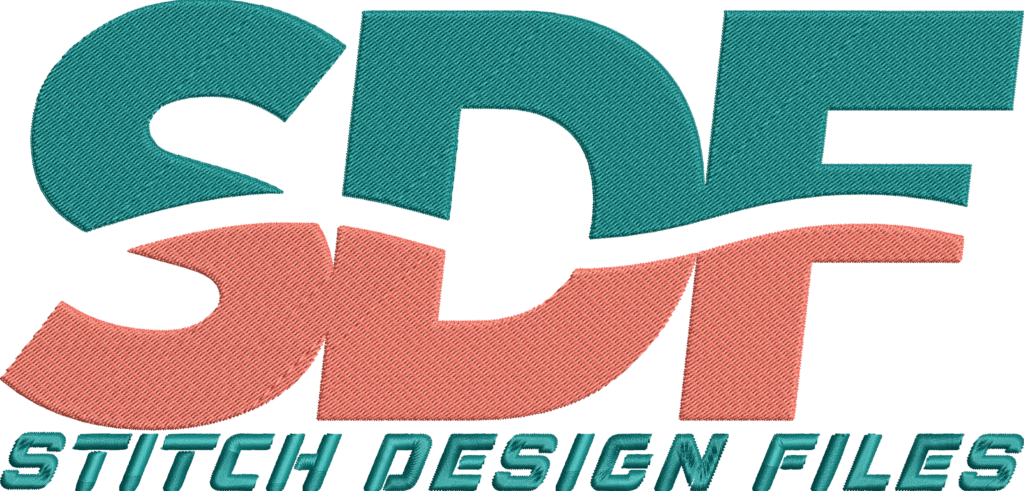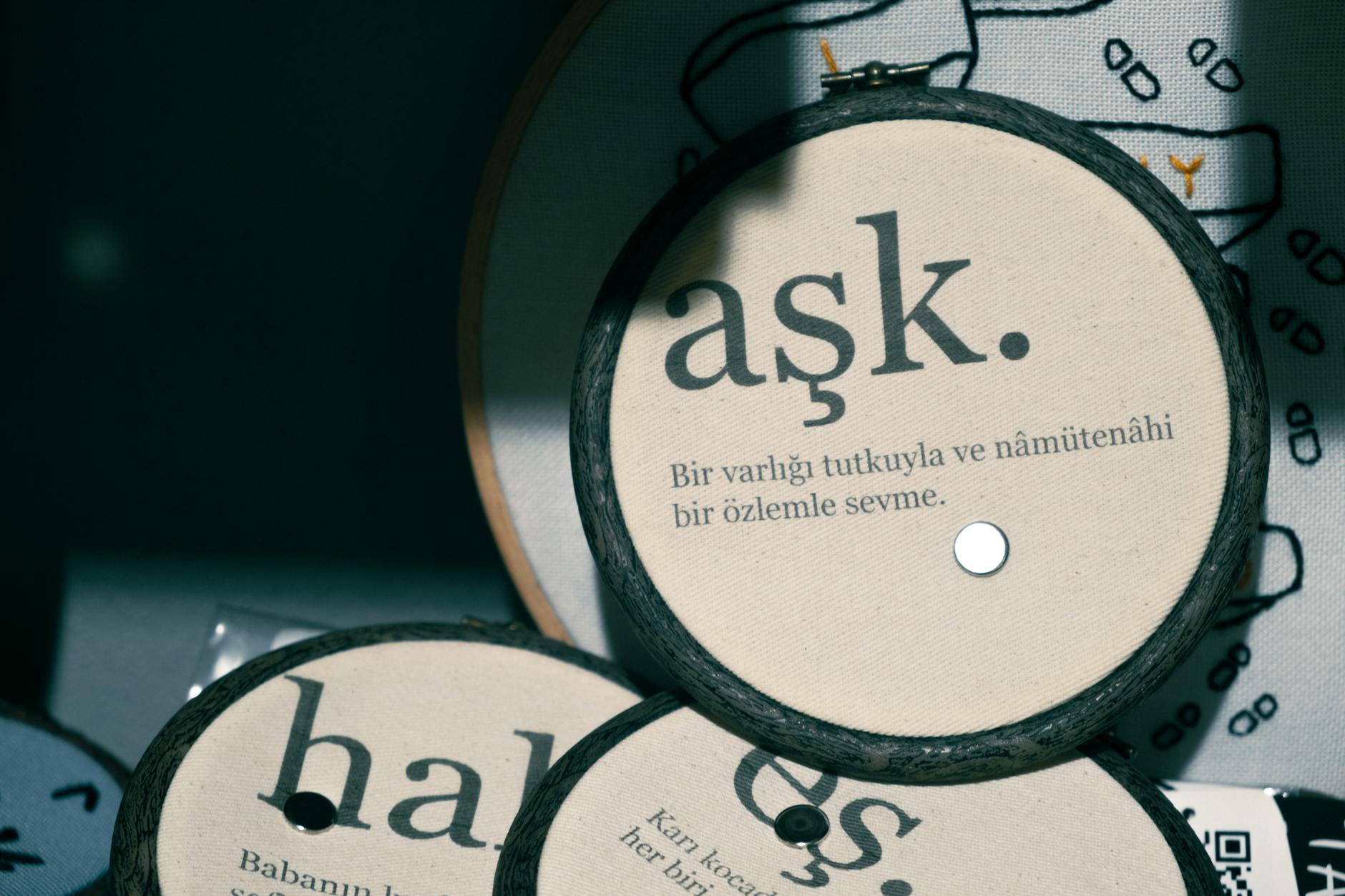No products in the cart.
Embroidery Tips & Guides
How to Use a Highland Cow Machine Embroidery Design
How to Use a Highland Cow Machine Embroidery Design
Highland cow machine embroidery designs offer a charming and rustic aesthetic ideal for decorative projects and personalized gifts. Understanding the process from selecting suitable digital embroidery patterns to executing the stitch work is essential for crafting quality embroidered items.
- Highland cow machine embroidery designs come in versatile file formats like PES and DST, compatible with many machines.
- Digitizing and preparing the design correctly enhances stitch quality and customization options.
- In-the-hoop and free-motion embroidery techniques can be used depending on the design complexity.
- Customization with monograms or accessories adds a unique touch to finished pieces.
- These designs benefit hobbyists and small business crafters across different skill levels.
Introduction to Highland Cow Machine Embroidery
Highland cow machine embroidery appeals to craft enthusiasts, hobbyist embroiderers, and small business owners specializing in handmade textile goods. This niche design reflects a classic countryside image and is popular for items such as apparel, home décor, and personalized gifts. The ability to digitally download and use high-quality embroidery file formats streamlines the process, allowing crafters to efficiently create detailed, appealing designs. Mastery of how to use these digital embroidery patterns optimizes both creative expression and production workflow.
Definitions and Explanations
Highland Cow Machine Embroidery Design
Highland cow machine embroidery refers to digital embroidery designs featuring the distinctive long-haired cattle native to the Scottish Highlands. These designs capture the unique features of the breed, such as long horns, shaggy coats, and expressive faces. Such designs are popular in multiple sizes and complexities, suitable for machine embroidery projects.
Digital Embroidery Patterns and File Formats
Digital embroidery patterns are computer-generated files that instruct embroidery machines where and how to stitch. Common embroidery file formats include PES (Brother, Babylock), DST (Tajima), JEF (Janome), HUS (Husqvarna Viking), and XXX (Singer). Selecting a file format compatible with the embroidery machine model is critical to ensure correct stitch execution. For example, PES embroidery files are widely used on Brother machines and are prevalent among embroidery hobbyists.
Practical Use Cases in Machine Embroidery
Choosing the Right Highland Cow Design
Several sources provide Highland cow embroidery designs for machine users. For example, the Clarabelle Highland Cow is a well-known in-the-hoop design featuring multiple sizes that fit various hoop dimensions. This design offers options such as two nose variations, addable body and head wigs for a more lifelike appearance, and attachments for horns and tails, giving the finished piece a three-dimensional effect. Such comprehensive design elements increase versatility for projects ranging from decor pieces to wearable items.
Preparing and Digitizing Designs
If custom designs are desired, digitizing programs like Hatch Digitizer facilitate converting artwork into embroidery-ready files. Tutorials are readily available that guide through digitizing curves, shapes, and stitch types to maintain design integrity when reproduced by machines. After digitizing, designs must be saved in compatible formats tailored to specific machines—DST for Tajima models or PES for Brother machines, for instance.
Embroidery Process and Techniques
Highland cow machine embroidery designs are typically executed using two primary techniques. In-the-hoop embroidery completes the entire design within the embroidery hoop and is suitable for consistent, repeatable projects. It often includes components completed by machine, such as stitching hooves onto fabric alongside the main design. Alternatively, free-motion embroidery may be employed for intricate details or artistic flair, requiring manual control of fabric movement against a stationary needle; this method suits advanced users familiar with the technique.
Customization and Additional Touches
Customization options enhance the appeal of Highland cow embroidery. Adding personalized monograms, names, or whimsical sayings integrates a unique, personalized dimension to the design. Additionally, physical accessories—such as small metal cowbells or fabric bows placed strategically on the horns—offer tactile embellishments that complement the digital stitching and enrich the overall presentation. This versatility supports a wide array of project ideas from gifts to boutique merchandise.
Benefits for Hobbyists and Small Business Crafters
For hobbyists, Highland cow machine embroidery designs provide an engaging and rewarding craft opportunity to develop stitching skills and produce memorable items. The availability of various file formats and design complexities accommodates users across beginner to advanced skill levels. The ability to customize and embellish designs further encourages creativity.
Small business crafters benefit from these designs through scalable production capabilities and product diversification. Utilizing high-quality digital embroidery files enables streamlined workflows, reducing production time and enhancing product consistency—important factors for maintaining profitability. Unique designs like the Boujee Heifer Highland Cow Design expand offerings with appealing seasonal themes and distinctive styling, attracting a broader customer base.
Limitations and Challenges
Despite their appeal, Highland cow machine embroidery projects may present some challenges. Digitizing original designs requires software knowledge and precision to ensure stitch efficiency and fabric compatibility. Some intricate designs necessitate advanced skills, especially with free-motion techniques. Machine compatibility issues may arise if file formats are not matched properly, potentially causing design distortion or stitching failure.
Material selection also influences end results, as dense embroidery on delicate fabrics can cause puckering or distortion. Adequate stabilization methods must be used to maintain fabric integrity. New users may find customization and additional embellishments daunting without previous experience, highlighting the importance of progressive skill development and access to instructional resources.
Summary and Call to Action
Using a Highland cow machine embroidery design involves multiple steps: selecting a design compatible with the embroidery machine, preparing and digitizing the design in proper file formats such as PES embroidery files, and executing the embroidery through in-the-hoop or free-motion techniques. The scope for customization and accessory addition enriches the creative process, supporting both hobbyist and small business crafters in producing unique, marketable embroidered goods.
For those interested in exploring high-quality Highland cow designs, consider browsing the Highland Cow Nike Embroidery Design available at Stitch Design Files. This product exemplifies detailed craftsmanship and compatibility with popular embroidery machines, facilitating successful project outcomes. Engagement with such resources empowers embroidery enthusiasts to expand their skills and offerings effectively.

